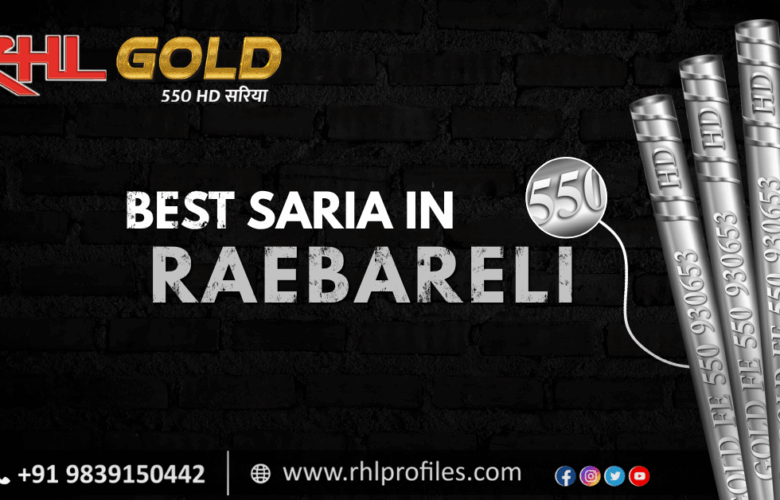Corrosion resistant tmt bars
Corrosion is a natural process that occurs when metals and alloys react with the environment and
degrade over time. In the construction industry, corrosion is a significant concern because it can lead
to structural instability, safety hazards, and increased maintenance costs. To combat this problem,
corrosion-resistant materials have been developed, including corrosion-resistant TMT bars. These
TMT bars have become increasingly popular in recent years due to their high strength, durability, and
resistance to corrosion. In this blog, we will explore what corrosion-resistant materials are, how TMT
bars can be protected from corrosion, and what makes steel corrosion-resistant.
What is Corrosion-Resistant Material?
Corrosion-resistant materials are substances that are specifically designed to prevent or slow down
the process of corrosion. These materials are used in a variety of industries, including construction,
automotive, aerospace, and marine, to name a few. Corrosion-resistant materials can be classified
into two categories: metallic and non-metallic.
Metallic Corrosion-Resistant Materials
Metallic corrosion-resistant materials are alloys that are designed to resist corrosion in specific
environments. These alloys typically contain a high percentage of corrosion-resistant metals, such
as chromium, nickel, and molybdenum. Some common metallic corrosion-resistant materials include
stainless steel, Inconel, Monel, and Hastelloy.
Non-Metallic Corrosion-Resistant Materials
Non-metallic corrosion-resistant materials include polymers, ceramics, and composite materials.
These materials are often used in applications where metallic materials may not be suitable due to
their properties. For example, polymers are often used in the manufacture of chemical storage tanks
because they are resistant to chemical corrosion.
Add Your Heading Text Here
How to Protect TMT Bars from Corrosion?
TMT bars are widely used in construction due to their high strength, ductility, and weldability.
However, they are susceptible to corrosion due to their iron content. Therefore, it is essential to
protect them from corrosion to ensure the safety and longevity of a structure. Here are some ways to
protect TMT bars from corrosion:
Concrete Cover
1. One of the most effective ways to protect TMT bars from corrosion is to provide an adequate
concrete cover. The concrete cover prevents the TMT bars from coming into contact with the
environment, reducing the risk of corrosion.
Epoxy Coating
2. Epoxy coatings are another effective way to protect TMT bars from corrosion. The coating
creates a barrier between the TMT bar and the environment, preventing moisture and oxygen
from reaching the surface.
Galvanization
3. Galvanization is a process in which a protective layer of zinc is applied to the TMT bar. The
zinc coating acts as a sacrificial anode, protecting the TMT bar from corrosion.
What Makes Steel Corrosion-Resistant?
Steel is a popular construction material due to its high strength, durability, and availability. However,
it is also susceptible to corrosion, which can weaken the structure and reduce its lifespan. To make
steel corrosion-resistant, it is often alloyed with other metals, such as chromium, nickel, and copper.
Chromium is one of the most commonly used alloying elements in corrosion-resistant steel. When
added to steel, it forms a passive oxide layer on the surface, preventing further oxidation and
corrosion. Nickel is another common alloying element that improves the resistance of steel to
corrosion in a variety of environments. Copper is also used to enhance the corrosion resistance of
steel, particularly in marine environments.
In conclusion, corrosion-resistant TMT bars have become an essential component in construction
due to their high strength, durability, and resistance to corrosion. Corrosion-resistant materials can
be metallic or non-metallic and are specifically designed to prevent or slow down the process of
corrosion. To protect TMT bars from corrosion, adequate concree




